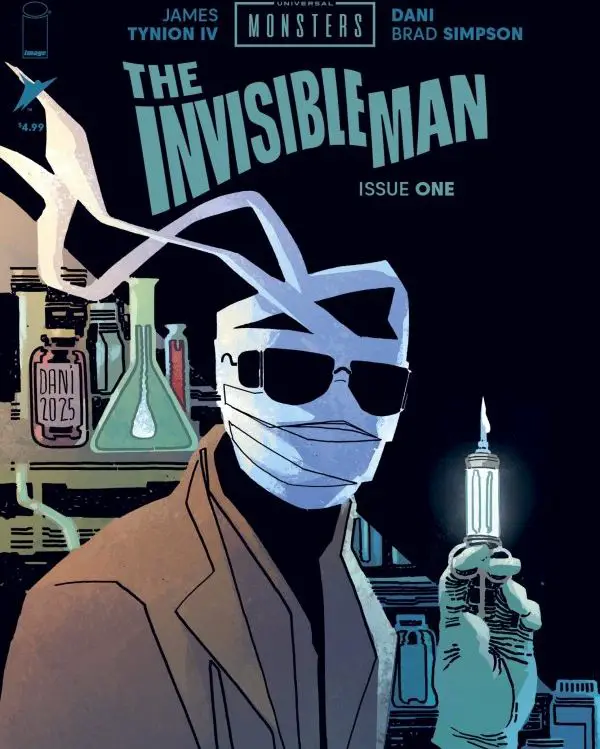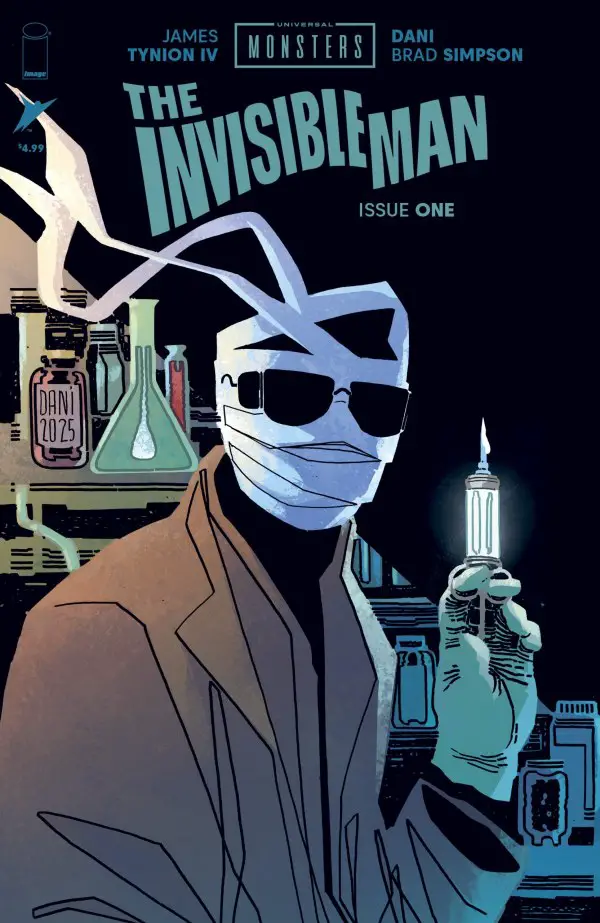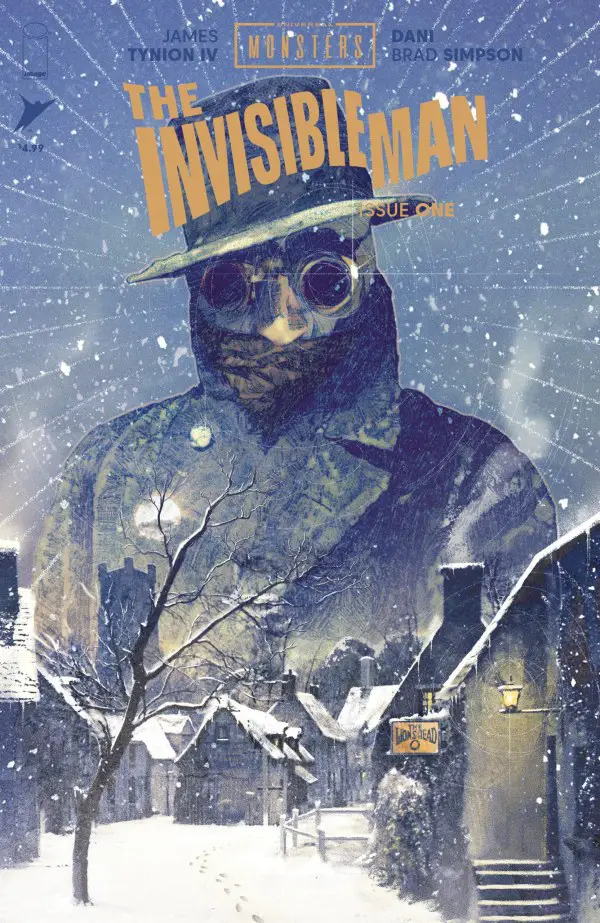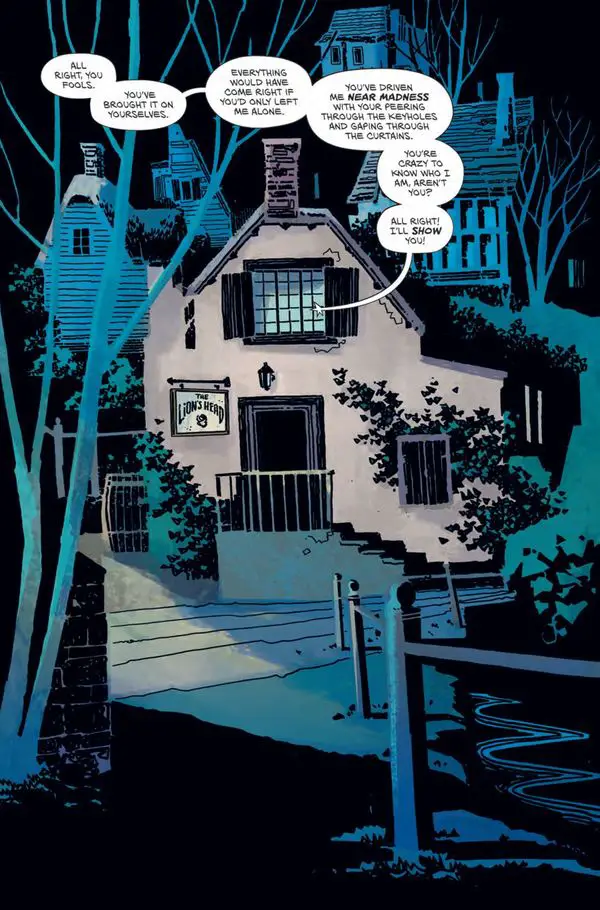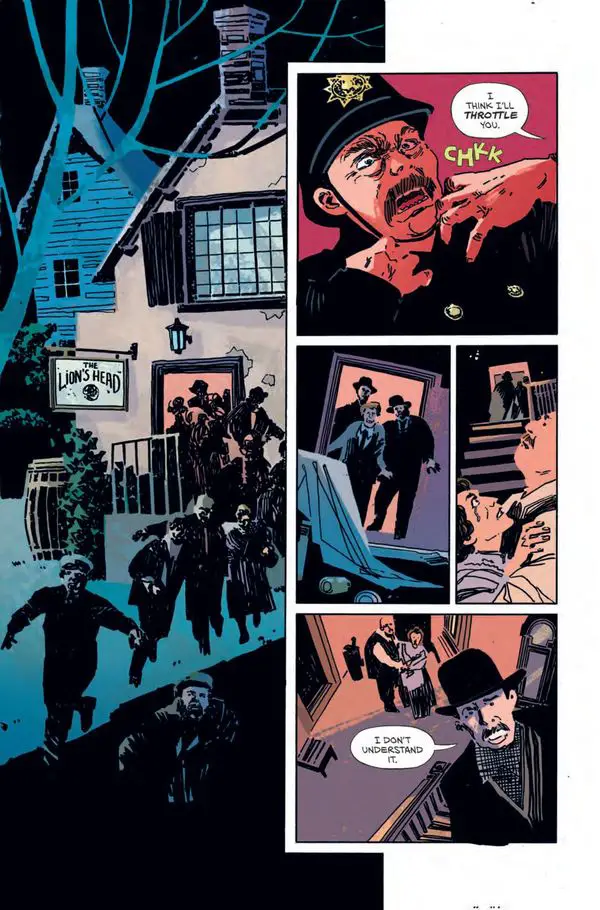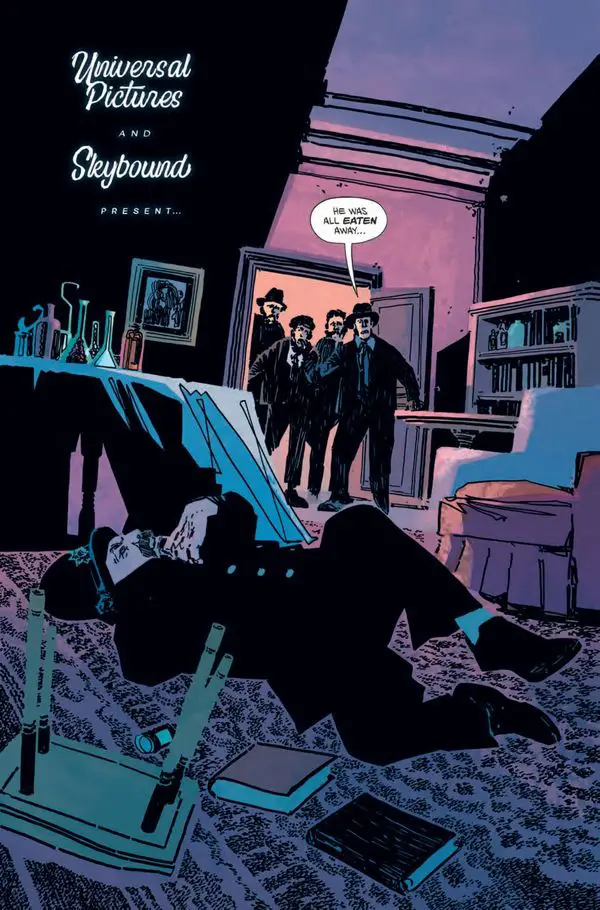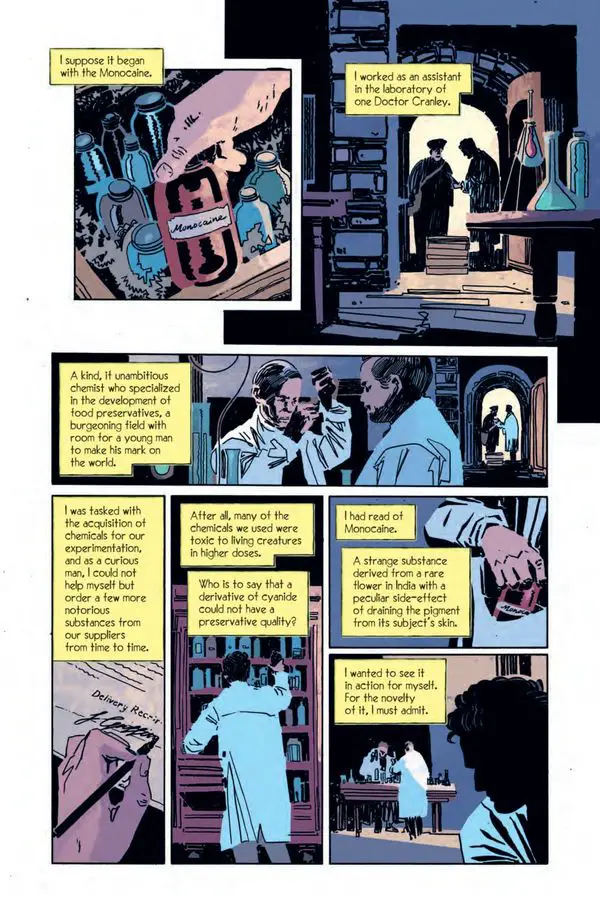Universal Monsters: The Invisible Man #1, by Image Comics on 8/27/25, counts Jack Griffin’s descent into madness when he stumbles upon a chemical concoction that renders life invisible and very dangerous.
Credits:
- Writer: James Tynion IV
- Artist: Dani
- Colorist: Brad Simpson
- Letterer: (Uncredited)
- Cover Artist: Dani (cover A)
- Publisher: Image Comics
- Release Date: August 27, 2025
- Comic Rating: Teen
- Cover Price: $4.99
- Page Count: Teen
- Format: Single Issue
Covers:
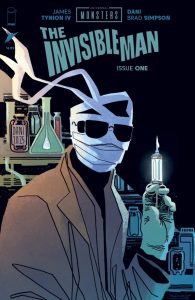
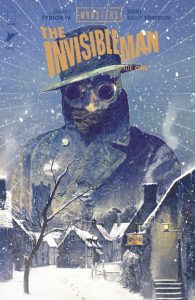
Analysis of UNIVERSAL MONSTERS: THE INVISIBLE MAN #1:
First Impressions:
Consistent with the rest of Skydance’s takes on Universal Monsters, James Tynion IV’s approach aims to find the story within the story of the Universal film. On that point, Tynion IV succeeds, but time will tell if the fresh angle is worth continuing.
Plot Analysis:
The story begins with the Invisible Man, hidden and enraged, threatening those who have “driven him near madness.” He declares his intention to “show” them who he is, asserting that they are “crazy to know.” This opening sets a confrontational and mysterious tone for the narrative.
The plot then backtracks to the protagonist’s time as an assistant to Doctor Cranley, a chemist focused on food preservatives. The assistant, Jack Griffin, driven by curiosity, orders “Monocaine,” a substance known to drain pigment from subjects. His initial experiments on a rodent subject demonstrate this depigmentation effect.
Further experimentation with Monocaine, enhanced with additional chemicals, reveals a more profound effect. The rodent not only becomes smarter, outperforming its peers, but its hair also vanishes, leading to complete invisibility. The protagonist describes covering the invisible, clever creature in soot to continue his tests.
The narrative reveals the protagonist’s growing obsession with his work, finding “fondest memories” in his early days with the invisible animal. He attends dinners with Dr. Cranley, Flora, and Kemp, where Dr. Cranley interrogates his protégés about global affairs. During these gatherings, the protagonist feels unseen and unrecognized, harboring a desire to retaliate against Kemp. The issue concludes with Griffin developing a fascination with his rat’s intelligence turning into violence against its lesser rodent cage mates, leading Griffin to conclude that his invention may bring out the best in him.
Story
The writing establishes a sharp contrast between the Invisible Man’s present anger and his past scientific pursuits. The dialogue in the opening pages delivers a direct, menacing tone. The narration effectively conveys the protagonist’s growing obsession and disdain for his colleagues.
Art
The artwork uses a distinct style with bold lines and a striking color palette, predominantly featuring blues, purples, and oranges. The depiction of the Invisible Man’s lab is detailed, showcasing scientific equipment. Character designs are expressive, especially in moments of anger or intense thought.
Characters
The protagonist is portrayed as a brilliant but deeply resentful scientist. His internal monologue reveals a complex personality, driven by ambition and a sense of intellectual superiority. Doctor Cranley appears as a benevolent, if somewhat overbearing, mentor, while Kemp is presented as an antagonist to the protagonist’s scientific curiosity. Flora, Cranley’s daughter, is depicted as a quiet observer who sparks some interest in the protagonist.
Positives
The comic’s strongest aspect is its compelling portrayal of the protagonist’s descent into obsession. The detailed explanation of the Monocaine experiments, from pigment drainage to full invisibility and enhanced intelligence, builds a logical and engaging foundation for his transformation. The internal narration provides deep insight into his motivations and growing resentment, making his intellectual arrogance understandable, if not sympathetic.
Negatives
The primary drawback is the abrupt transition from the Invisible Man’s menacing introduction to his detailed backstory. The shift interrupts the initial tension, making the opening feel disjointed. The interactions at Cranley’s dinner, while revealing character, feel a bit drawn out, momentarily slowing the pace of the central scientific narrative.
Art Samples:
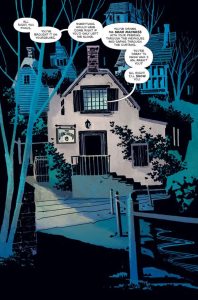

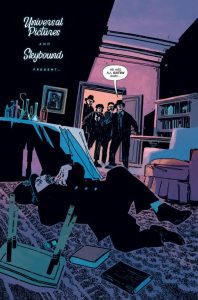
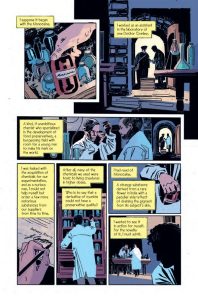
Final Thoughts:
(Click this link 👇 to order this comic)
UNIVERSAL MONSTERS: THE INVISIBLE MAN #1 offers a compelling dive into the mind of a scorned genius, even if its narrative jumps can cause a momentary whiplash. The origin story is meticulously crafted, and the art holds its own, but a smoother introduction would have solidified its impact. It’s a sharp start, but a few rough edges keep it from truly disappearing into greatness.
We hope you found this article interesting. Come back for more reviews, previews, and opinions on comics, and don’t forget to follow us on social media:
If you’re interested in this creator’s works, remember to let your Local Comic Shop know to find more of their work for you. They would appreciate the call, and so would we.
Click here to find your Local Comic Shop: www.ComicShopLocator.com
As an Amazon Associate, we earn revenue from qualifying purchases to help fund this site. Links to Blu-Rays, DVDs, Books, Movies, and more contained in this article are affiliate links. Please consider purchasing if you find something interesting, and thank you for your support.

